Articles
- Page Path
- HOME > Sci Ed > Volume 3(1); 2016 > Article
-
Original Article
Analysis of journal attributes of 403 KoreaScience journals from the viewpoint of author -
Sung-Nam Cho
 , Tae-Sul Seo
, Tae-Sul Seo , Hee-Yoon Choi
, Hee-Yoon Choi , Sun-A Park
, Sun-A Park
-
Science Editing 2016;3(1):19-25.
DOI: https://doi.org/10.6087/kcse.58
Published online: February 19, 2016
Korea Institute of Science and Technology Information, Seoul, Korea
- Correspondence to Tae-Sul Seo tsseo@kisti.re.kr
- This work is a revision of the work presented at the Annual Meeting and Conference of the Korean Council of Science Editors in Seoul, Korea in February 10, 2014.
• Received: January 7, 2016 • Accepted: February 1, 2016
Copyright © Korean Council of Science Editors
This is an Open Access article distributed under the terms of the Creative Commons Attribution Non-Commercial License (http://creativecommons.org/licenses/by-nc/3.0/) which permits unrestricted non-commercial use, distribution, and reproduction in any medium, provided the original work is properly cited.
- 12,828 Views
- 131 Download
- 1 Crossref
Abstract
- Korea is a country in which journal industry is rapidly increasing recently. KoreaScience is a typical Korean scientific and technical journal database that may be used to analyze Korean journals. A set of journal attributes reflecting the requirements in view of submitting authors was derived and some characteristics of KoreaScience journals such as subject distribution, launch year, publication frequency, publication language, and open access were quantitatively analyzed according to the journal attributes. As a result, it was found that Korean journals are published in almost all subject categories except some subject categories under Physics. The number of journal has been increased rapidly during the period between 1980s and 1990s. Journals published quarterly are 45%. Journals published in English are 31%. Open access journals are 26% while 72% free access.
- A scientific and technical journal is an important medium conveying new knowledge discovered by researchers in different disciplines. Researchers who live in the era of information flood want to get information, precisely and enough, on journals they are interested in. It is desirable to provide journal information for researchers who intend to submit manuscripts to journals. Therefore, it is required to develop a journal database appropriate to authors.
- Number of Korean journal indexed by Web of Science is rapidly increasing, over 7 times during 14 years from 2000 to 2014 [1]. Accordingly, overseas publishers and libraries began to consider the Korean journal industry as an attractive emerging market. Recently, the more foreign scholars require information on Korean journals in order to publish their works. Therefore, it is required to provide meaningful data on Korean journals in view of authors as well as other types of user.
- There were some studies on the status of Korean journals. Kim et al. [2] provided a macro bibliometric data on Korea Citation Index (KCI) journals while Seo et al. [3] analyzed a citation pattern of Korean scientific and technical digital object identifier (DOI) journals. Shin [4] studied on the publication characteristics of Korean SCIE journals while Joung [5] on the open access (OA) status of KCI journals. Those studies can provide good information on Korean journals especially for policy makers but not enough for foreign authors.
- In this study, a set of journal attributes reflecting the requirements in view of authors was derived and some characteristics of KoreaScience journals such as subject distribution, launch year, publication frequency, publication language, and condition of use were investigated according to the journal attributes.
Introduction
- It is required to derive a set of journal attributes to design a journal information page for authors. Journal Article Tag Suits (JATS) includes a couple of journal attributes such as journal title, ISSN (international standard serial number), and publisher name [6]. However, more attributes of a journal should be required for providing users enough information. PubMed Central team of NLM has been developing a journal front matter document type definition (DTD) which includes more attributes other than journal metadata of JATS [7,8]. However, the journal front matter DTD should be also reinforced in view of authors.
- In general, a journal may have a few attributes related to some attributes of a journal such as identifiers, editors, publishers, indexing, copyright, subjects, and other quantitative information. Fig. 1 shows a set of journal attributes which includes almost all possible attributes.
- There can be several types of journal user such as author, library, publisher, aggregator and read-only user. Authors want more information about submission, editor, publisher, publication fee including article processing charge, etc. Other types of journal users such as library, publisher and aggregator may need more information than what reader and author need.
- In this study, a journal information was designed using the journal attributes of Fig. 1. The data of KoreaScience journals were collected from several Korean journal databases and journal homepages and stored according to the journal attributes. Finally, a quantitative analysis for KoreaScience journals was performed. KoreaScience, a landing page for Korean scientific and technical journals, includes 403 journals as of 2014. It comes close to 467 journals published by the members of the Korean Federation of Science and Technology Societies and is about 65% of the total number of KCI journals registered with the National Research Foundation of Korea. Therefore, KoreaScience journal data can be utilized in estimation of Korean scientific and technical journals [9].
Methods
- Journal information design
- Journal information can be designed as Fig. 2, which includes all attributes of Fig. 1 so that authors may obtain enough information required in submitting manuscripts. Some attributes such as scope and editors distribution can be visualized in order to increase information communication efficiency. Some attributes needed more information such as creative commons license (CCL), publisher, open researcher and contributor ID (ORCID) and so on can be linked to each related page for more information.
- Quantitative analysis
- The classification scheme used in this study is three-tier classification system in which the lowest tier items are identical to those of Web of Science subject categories. Fig. 3 shows the subject distribution of 403 KoreaScience journals as of June 2014. Among the first tier subject categories, Biological Science & Engineering (110) and Environmental & Construction (103) are the most popular subject categories in KoreaScience journals.
- Fig. 4 shows the subject distributions of KoreaScience journals with absence information (‘x’ mark) at each subject category of Web of Science. The most lacking subject categories are Bioscience, Medicine & Health, and Physics while the categories without any lack are Agriculture, Construction & Transportation, and Mechanical Engineering.
- KoreaSciece includes 31 SCIE journals and 58 Scopus journals, which are about 30% of Korean journals indexed in SCIE or Scopus (Fig. 5).
- Fig. 6 shows the distribution of launch year of KoreaScience journals. The earliest journal among KoreaScienc journals was launched in 1940s. The number of journals has been increased slowly until in the middle of 1980s, rapidly during the period between 1985 and 1998, and decreased during 2000s. After 2010 the number is increasing once again.
- Among KoreaScience journals, 182 journals (45%) are being published quarterly. The number of bi-monthly journals is 130 (32%) while 49 journals (12%) are published monthly.
- Among KoreaScience journals, 269 journals (67%) are being published in Korean while 124 journals (31%) in English. Ten journals are published in Korean or English.
- Fig. 7 shows the share of open access of KoreaScience journals. Number of OA journal in KoreaScience is 103 (26%) while number of free access journal 289 (72%). Eleven (3%) toll access journals are also included in KoreaScience. In case of OA journals, only one journal adopts Creative Commons Attribution License (CC BY) of CCL licenses while 61 journals Creative Commons Attribution, Non-commercial (CC BY-NC). Among OA journals, 41 journals don’t declare any CCL license yet.
- The subject category including the highest number of OA journals is Biological Science & Engineering and the next are Environmental Science & Engineering and Chemistry & Chemical Engineering (Fig. 8). The subject category including the lowest number of OA journals is Multidisciplinary & Social Science.
- Table 1 shows the distribution of the amount of author fee such as submission fee and publication fee of KoreaScience journals. The amount of author fee of almost all KoreanScience journal is the range of 0 to $500. Thirty one journals (13.5%) do not ask authors any author fee.
Results
Subject distribution
Indexed-in
Launch year
Publication frequency
Publication language
Open access
- Journal information
- The journal information designed in this study can be used to provide authors more information than before. They can get information needed in submitting their manuscript to a Korean journal through the information, such as editor, publisher, author fee, and guideline for preparing a manuscript by clicking the submission URL link.
- The journal attributes may provide useful information on Korean scientific and technical journals not only to authors but also to other types of user such as libraries, publishers, and aggregators which may seek much more information about journals they are interested in.
- Quantitative analysis
- First of all, it was found that Korean journals are being published in many subject categories except several categories including Bioscience, Medicine & Health, and Physics. Journals categorized in Bioscience and Medicine & Health are covered by other medical database such as Synapse (http://synapse.koreamed.org) operated by Korean Association of Medical Journal Editors. Therefore, it can be concluded that the most lacking subject category in Korea is Physics.
- Secondly, even though the number of SCIE and Scopus journals in KoreaScience is about 30% of all SCIE and Scopus from Korea, it is considered as a meaningful number because KoreaScience includes only journals published by academic societies different from majority of Korean SCIE and Scopus journals published by big professional journal publishers.
- Thirdly, the launch year trend of KoreaScience journals was investigated. It was found that many journals launched during the period between 1980s and 1990s. The number decreased during 2000s generally and is increasing again from 2010. It was also found, in KoreaScience journals, that quarterly published journal is dominant. Thirty three percent journals may accept manuscripts written in English.
- Finally, 103 journals, 26% of KoreaScience journals, adopt OA policy. Among them, 62 journals (60%) are declaring CCL. CC BY-NC is dominant CCL in the OA journals. Thirty one journals don’t charge any author fee while the remains charge relatively low author fee.
Discussion
-
Acknowledgements
- This work is supported by a research grant from Korea Institute of Science and Technology Information (K-16-L02-C01-S01 S&T Contents Construction and Service).
Fig. 1.Journal attributes. ISSN, international standard serial number; URL, uniform resource locator; EIC, editor in chief; ORCID, open researcher and contributor ID; CCL, creative commons license.
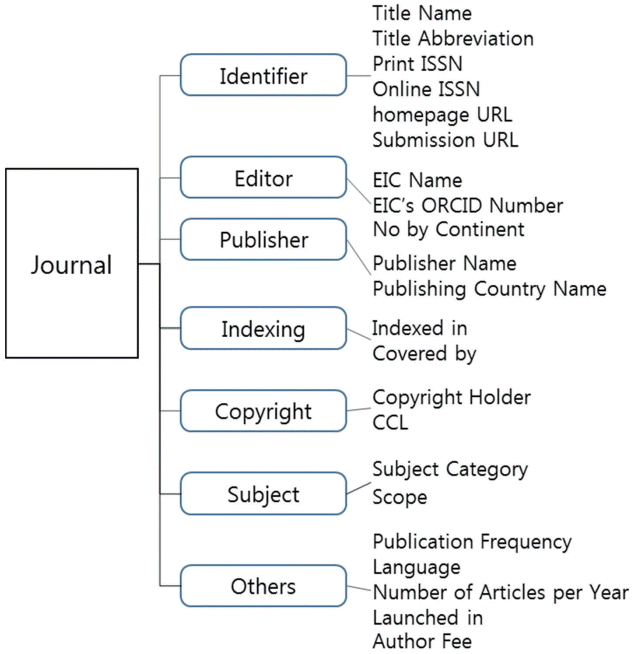

Fig. 4.Subject distribution of KoreaScience journals with marks of lacking subject category at the third tier.
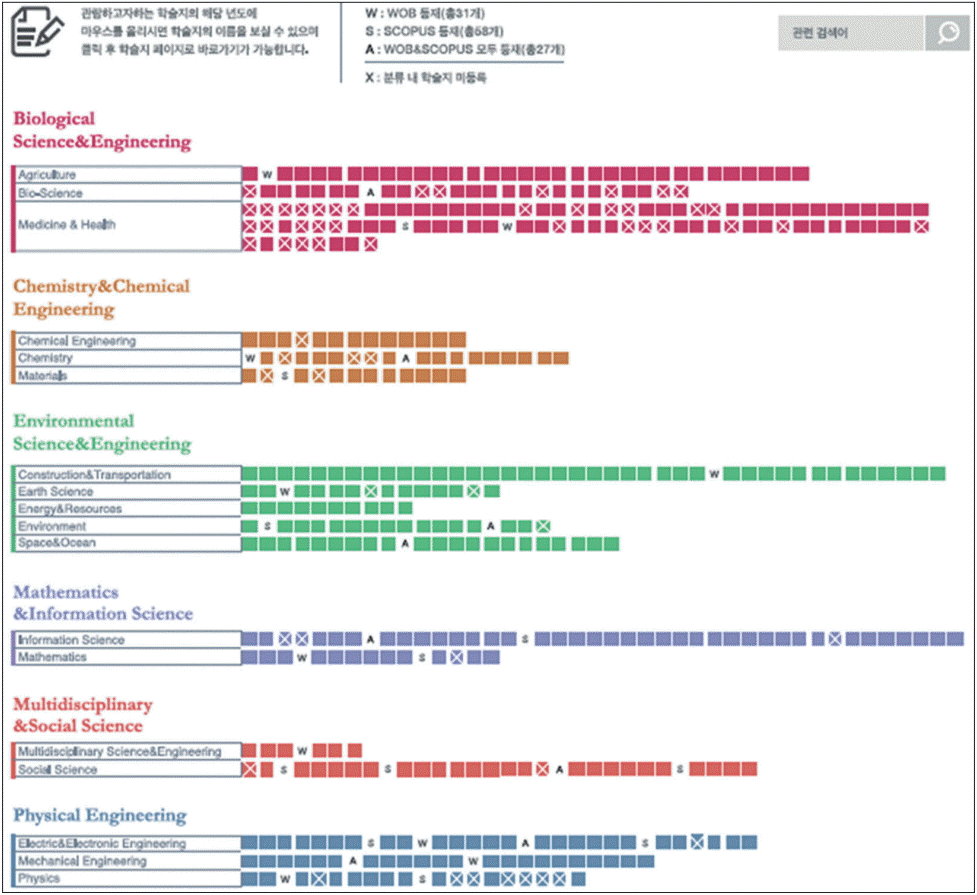

Table 1.Distribution of author fee of KoreaScience journals
| Author fee range ($) | No. of journal | % |
|---|---|---|
| None | 31 | 13.5 |
| Under 100 | 29 | 12.6 |
| 101-200 | 58 | 25.2 |
| 201-300 | 66 | 28.7 |
| 301-400 | 35 | 15.2 |
| 401-500 | 8 | 3.5 |
| Over 500 | 3 | 1.3 |
| Total | 230 | 100.0 |
- 1. Seo TS, Cho SN. The status of Korean scientific and technical journals based on Crossref DOI journals. Paper presented at: 2nd Council of Asian Science Editors Workshop 2015. 2015 Aug 20-22; Hanoi, Vietnam.
- 2. Kim S, Choi T, Yoon A, Seol SS. Korea Citation Index and its macro bibliometrics. Asian J Innov Policy 2013;2:194-211.ArticlePDF
- 3. Seo TS, Jung EK, Kim HM. Patterns of citing Korean DOI journals according to CrossRef’s Cited-by Linking and a local journal citation database. J Inf Sci Theory Pract 2013;1:58-68.Article
- 4. Shin EJ. Activation of publishing domestic SCIE journals based on the situation analysis. J Korean Libr Inf Sci Soc 2011;45:157-78.Article
- 5. Joung KH. Characteristics of open access journals in Korea: focused on KCI journals. J Korean Biblia Soc Libr Inf Sci 2011;22:373-91.
- 6. National Information Standards Organization. ANSI/NISO Z39.96-2012 JATS: Journal Article Tag Suite version 1.0. 2012:Aug. 9.
- 7. Carter R, Funk C, Mooney R. The front matter: capturing journal front matter with JATS. Paper presented at: Journal Article Tag Suite Conference (JATS-Con) 2012. 2012 Oct 16-17; Bethesda, MD, USA.
- 8. Seo TS, Choi SH. Data model for visualization service of scholarly journal and article information. Paper presented at: International Conference on Convergence Contents 2014. ; 2014 Jun; Jeju, Korea.
- 9. Seo TS. Strategies for scholarly information visualization service. Seoul: Korea Institute of Science and Technology Information; 2014.
References
Figure & Data
References
Citations
Citations to this article as recorded by 

- Study on Development of Journal and Article Visualization Services
Sung-Nam Cho, Tae-Sul Seo
Journal of the Korean Society for Library and Information Science.2016; 50(2): 183. CrossRef

 KCSE
KCSE
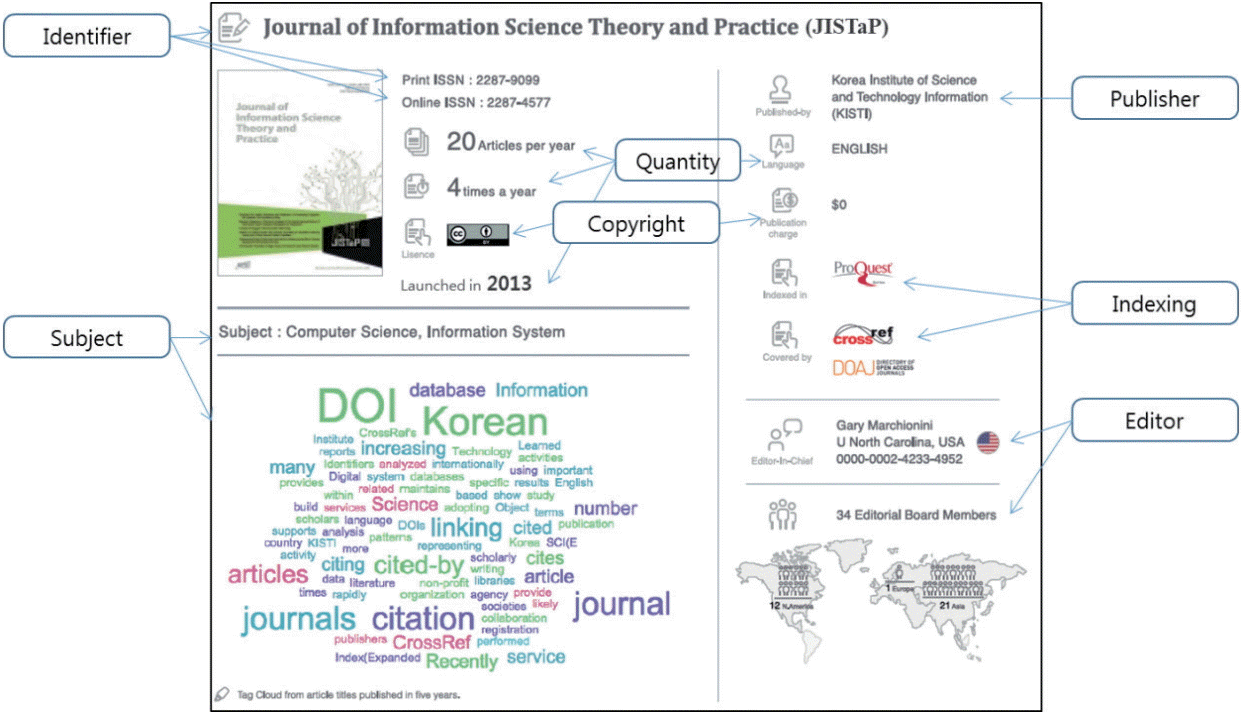
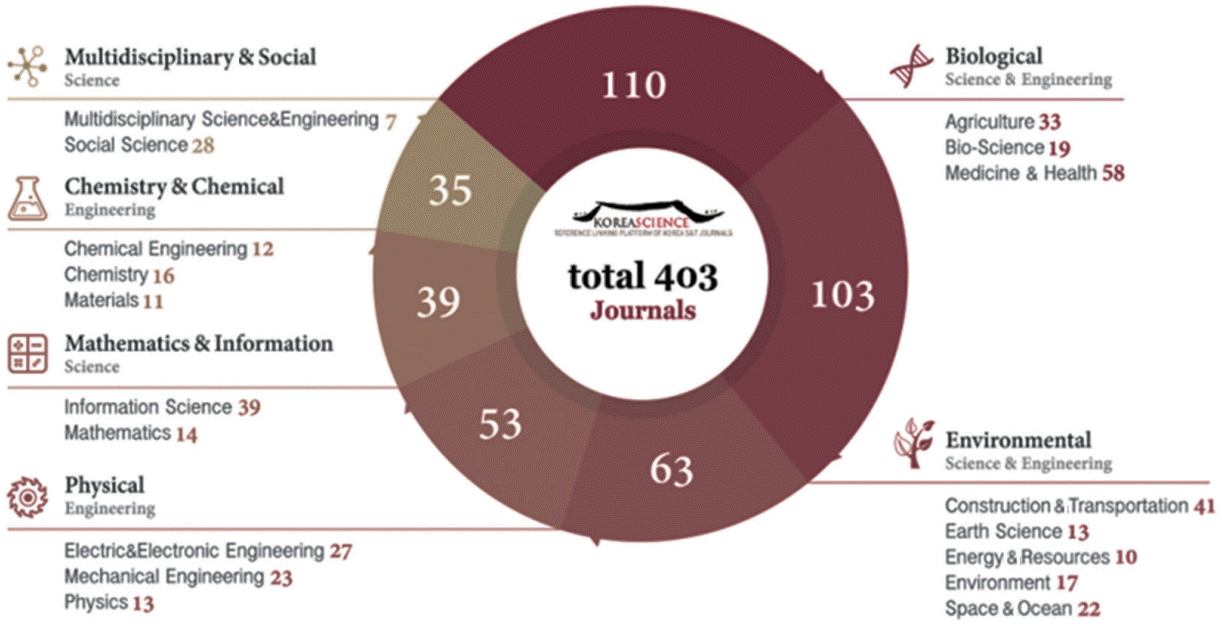

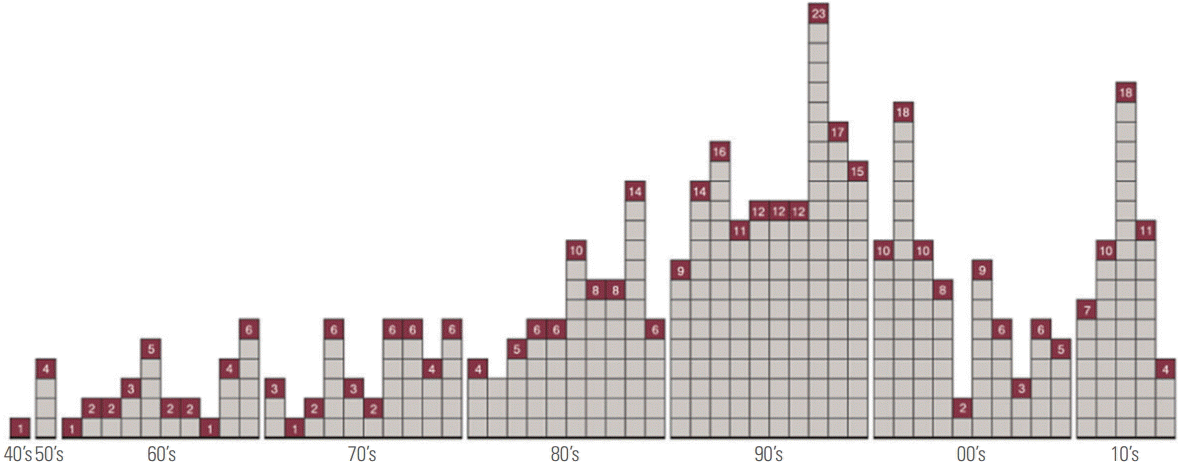
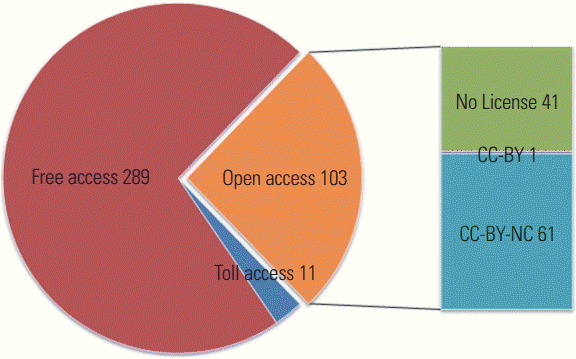

 PubReader
PubReader ePub Link
ePub Link Cite
Cite









